Table of Contents
Thinking about getting some ink? Walk into a tattoo shop today and you're hit with endless styles – realism, watercolor, blackwork, geometric, the list goes on. It's enough to make your head spin faster than a rotary machine on high. But amidst the noise, there's a style that's stood the test of time, a look that feels as classic as a leather jacket and a well-worn pair of boots: tattoo designs traditional style. These aren't just pictures on skin; they're rooted in history, built on bold lines, solid colors, and imagery that carries weight. We're talking swallows that meant miles traveled, anchors symbolizing stability, and snakes coiling with primal energy. This style isn't fussy or overly complex. It's direct, it's durable, and it tells a story without needing a paragraph of explanation. If you're curious why these enduring designs remain so popular, or if you're considering getting a piece that won't look dated next year, you're in the right place. Stick around as we cut through the trends and dive deep into what makes traditional tattoo designs a true cornerstone of the tattoo world. You'll get the lowdown on their look, the meanings behind the classic images, and what you need to know before you commit.
Why Traditional Tattoo Designs Still Hit Hard
Why Traditional Tattoo Designs Still Hit Hard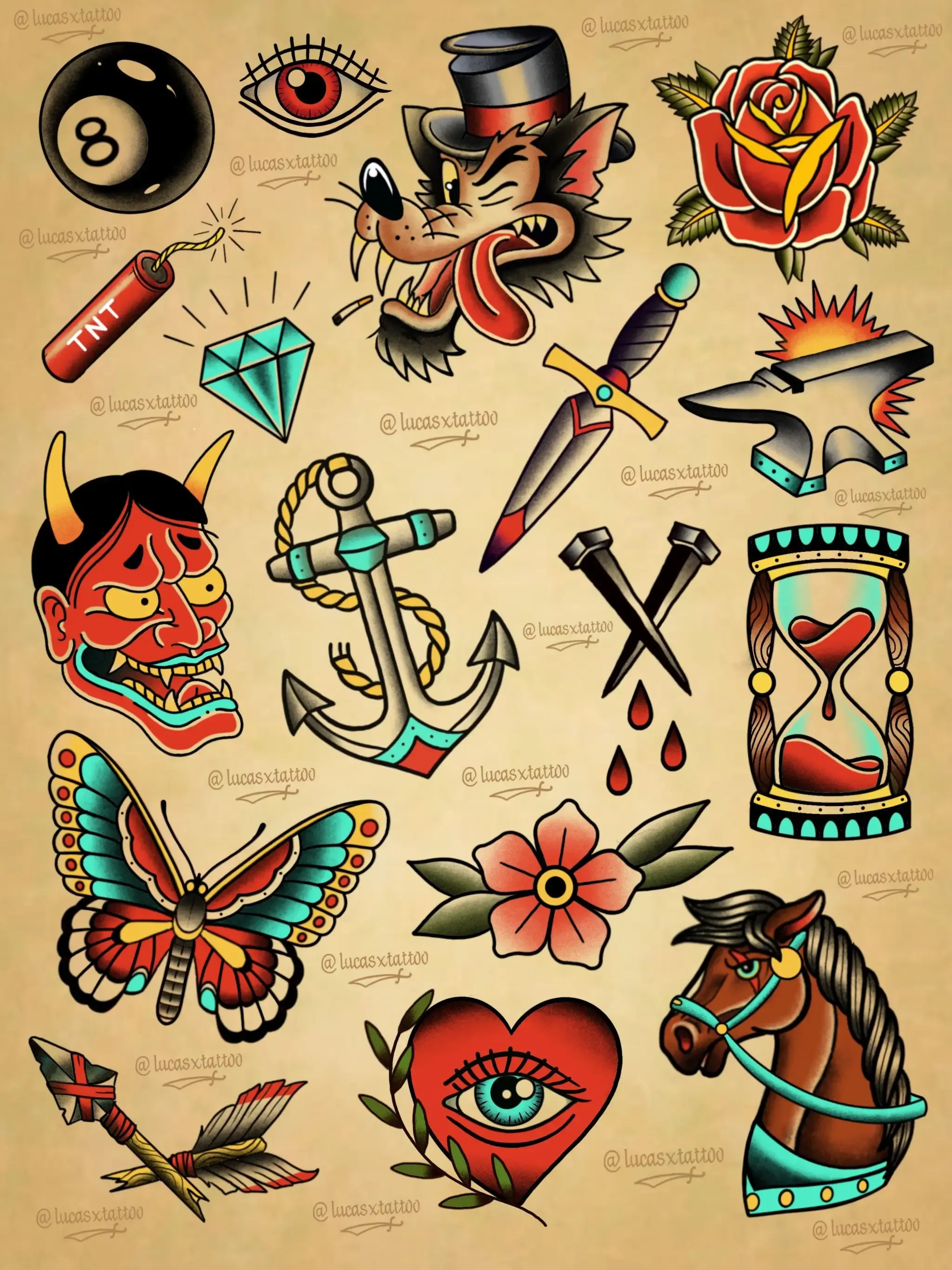
Alright, so you're digging into tattoo designs traditional style, huh? It's a smart move because honestly, these aren't just old-school; they're *still* relevant. Why do they hit so hard? Because they're built to last, not just on skin, but in meaning and visibility. Think about it – bold lines, a limited but punchy color palette (usually black, red, yellow, green, sometimes blue), and solid fills. This style was developed partly out of necessity back when tattoo tech wasn't what it is today, but that simplicity is its superpower. It holds up over time, aging gracefully unlike some hyper-realistic pieces that can blur into a mess years down the line. Plus, the imagery is universally recognizable – anchors, eagles, roses, daggers. They speak a language that doesn't need translation, carrying weight and history with every design. They have a certain undeniable power, a directness that grabs your attention and doesn't let go.
Decoding the Look: What Makes Tattoo Designs Traditional Style?
Decoding the Look: What Makes Tattoo Designs Traditional Style?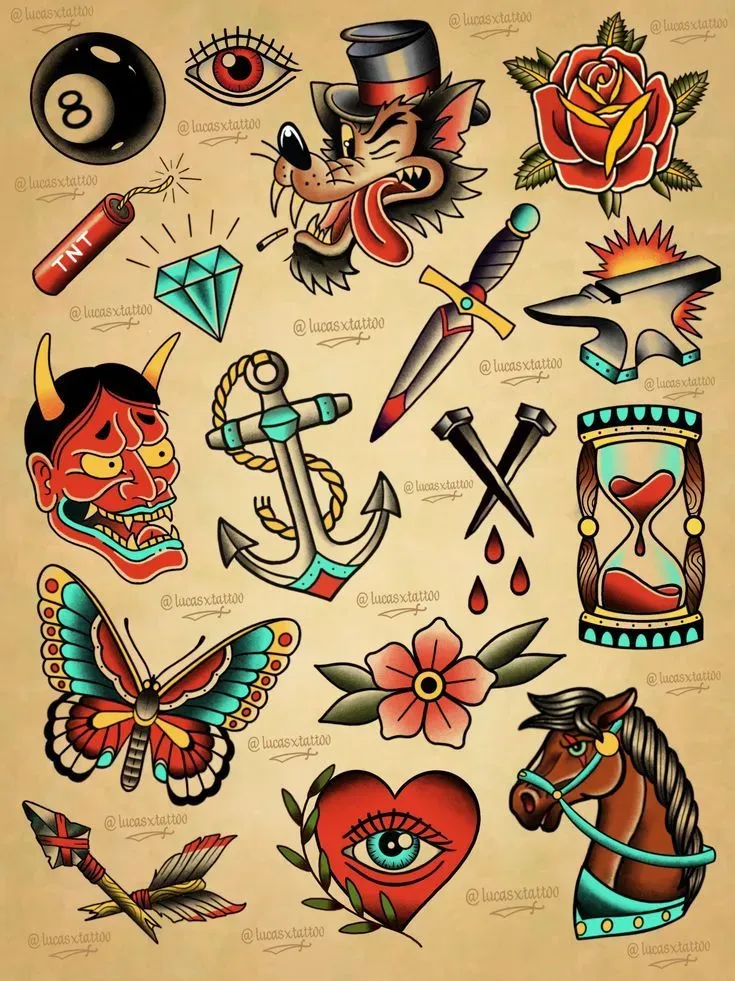
Bold Lines and Limited Hues
So, how do you spot a tattoo designs traditional style piece from a mile away? It's not rocket science, thankfully. The first thing that smacks you in the face is the outline. These aren't dainty, thin lines that fade into the background. We're talking thick, black, confident lines that define every element of the design. They act like a fence, keeping the colors contained and giving the tattoo structure that holds up as your skin ages. Then there's the color palette. You won't find a million shades of gray or subtle gradients here. It's typically a punchy, limited set: black for outlines and shading, bright red, golden yellow, leaf green, and sometimes a solid blue. Think primary colors and a few key secondaries. They fill in the spaces solidly, maybe with some whip shading or stippling for texture, but the focus is on saturation and impact.
Solid Fills and Clear Imagery
Beyond the lines and colors, the composition of tattoo designs traditional style is pretty distinct. There's not a lot of empty skin or negative space floating around. The design usually fills the area it's placed in, feeling solid and grounded. Shading, when present, is often done with solid black or color, creating strong contrast rather than smooth transitions. It gives the image a graphic, almost two-dimensional quality, like a classic illustration. The subjects themselves are usually clear and easily readable: a ship sailing on waves, a rose with thorns, a snarling panther. You don't have to squint or guess what you're looking at. This straightforward approach is part of their charm and why they remain a go-to for many looking for enduring body art.
Here are some key visual markers of traditional style:
- Thick, defined black outlines.
- Limited, vibrant color palette (red, yellow, green, blue, black).
- Solid color packing and shading.
- Minimal negative space.
- Clear, easily recognizable imagery.
- Often appears flat or two-dimensional.
Beyond the Anchor: Iconic Motifs in Traditional Tattoos
Beyond the Anchor: Iconic Motifs in Traditional Tattoos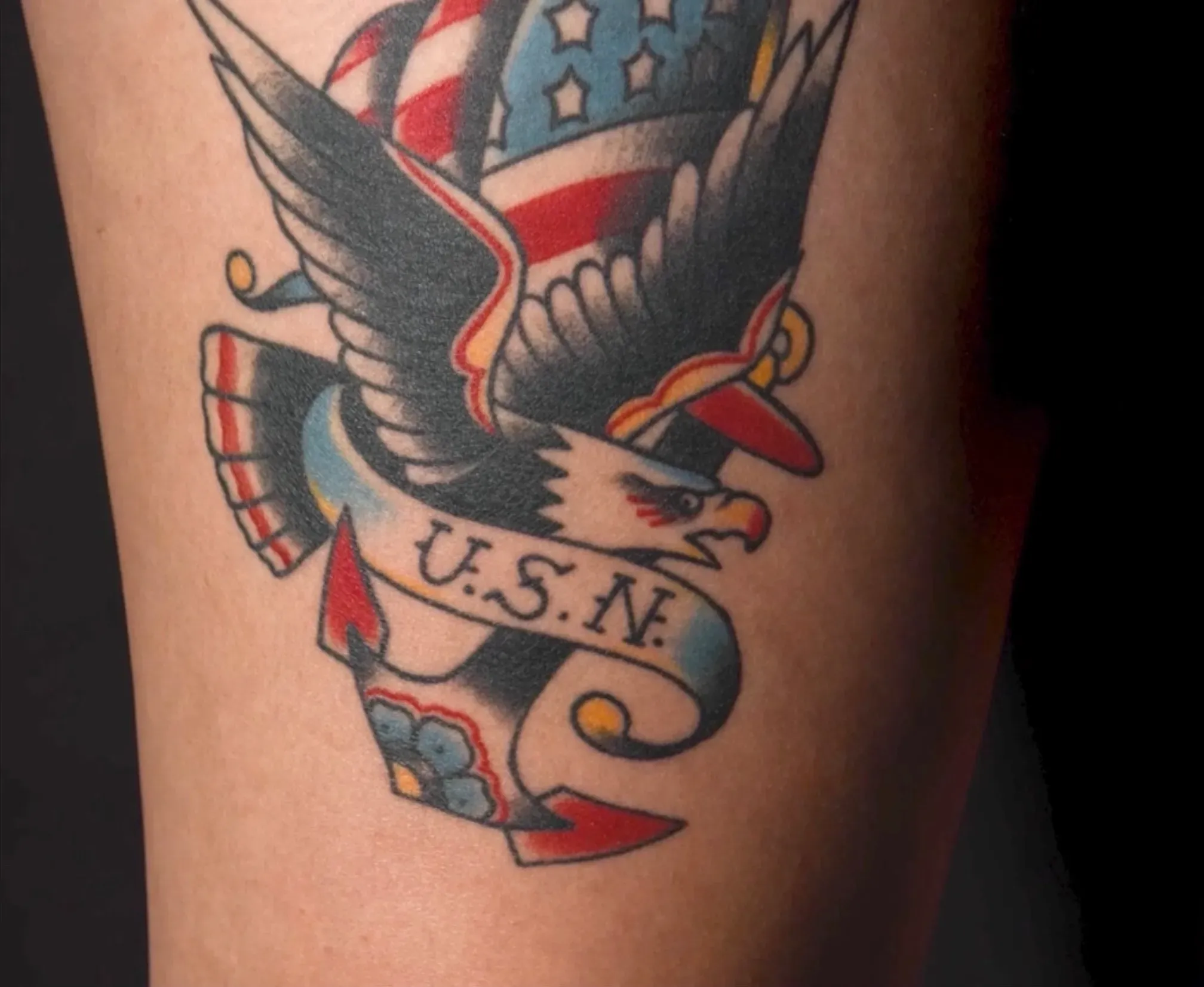
More Than Just Pretty Pictures: Nautical and National Symbols
Alright, so you get the look of tattoo designs traditional style – the bold lines, the solid colors. But what about the actual pictures? It’s not just random stuff thrown on skin. These motifs are the backbone of the style, each carrying its own weight and history. Take the classic anchor. Originally, this was huge for sailors, a symbol of stability, hope, and staying grounded amidst stormy seas. Getting one meant you’d crossed the Atlantic, or maybe just survived a particularly rough trip. Swallows? Even better sailor lore. A swallow tattoo meant you’d traveled 5,000 nautical miles. If you saw a sailor with two, he'd gone 10,000. If they didn't come back, the swallows were said to carry their soul to heaven. Then you have the eagles, often paired with flags or banners, shouting patriotism loud and clear. These weren't subtle nods; they were proud declarations of identity, service, or survival.
Ships, especially clippers or full-rigged vessels, represented the journey itself, adventure, or a return home. A ship sailing out might mean setting off on a new path, while one sailing in could symbolize coming back from a long voyage, literal or metaphorical. These images weren't chosen lightly. They were badges of honor, markers of experience, and talismans against the dangers of the world, especially for those who lived life on the edge, whether at sea or just navigating a tough world back on land. They grounded people, reminding them of where they came from or where they hoped to go. It’s this deep-seated meaning, often earned through hardship, that gives these simple images their enduring power.
Here's a quick look at some common traditional motifs and their classic interpretations:
- Anchor: Stability, hope, security, safe return.
- Swallow: Safe travel, return home, loyalty, freedom.
- Eagle: Patriotism, strength, freedom, honor.
- Ship: Adventure, journey, homecoming, overcoming challenges.
- Rose: Beauty, love (with thorns: love and sacrifice), passion.
- Snake: Transformation, healing, danger, knowledge.
- Dagger: Sacrifice, courage, loss, justice.
- Heart: Love, passion, loss, bravery (often pierced or bleeding).
- Skull: Mortality, rebellion, overcoming fear, remembrance.
Love, Loss, and Grit: The Meaning Behind Other Classics
But traditional tattoo designs aren't just about sailing and service. They delve into the messy, emotional stuff too. Look at the rose. Seems simple, right? But it’s a classic for a reason. It’s about beauty and love, sure, but throw some thorns on it (as you often see in this style), and it’s a reminder that love isn’t always easy; it comes with pain and sacrifice. Or the snake – not just a cool slithery thing. Snakes shed their skin, symbolizing transformation, healing, or rebirth. They can also represent danger, temptation, or primal energy. A snake coiled around a dagger? Now you're talking about overcoming betrayal or facing down a dangerous situation.
Daggers themselves are potent symbols. They can represent sacrifice, courage in the face of adversity, or even a broken heart (piercing a heart, obviously). Skulls aren't just for edgy teens; in traditional work, they’re often reminders of mortality, living life to the fullest, or overcoming death and fear. And the heart, in all its variations – plain, bleeding, pierced, with banners – is the ultimate symbol of love, loss, loyalty, or even bravery. These images resonate because they tap into fundamental human experiences. They aren't subtle; they wear their meaning on their sleeve, or rather, on the skin, which is exactly the point of tattoo designs traditional style.
Getting Ink That Lasts: Choosing Your Traditional Style Tattoo Design
Getting Ink That Lasts: Choosing Your Traditional Style Tattoo Design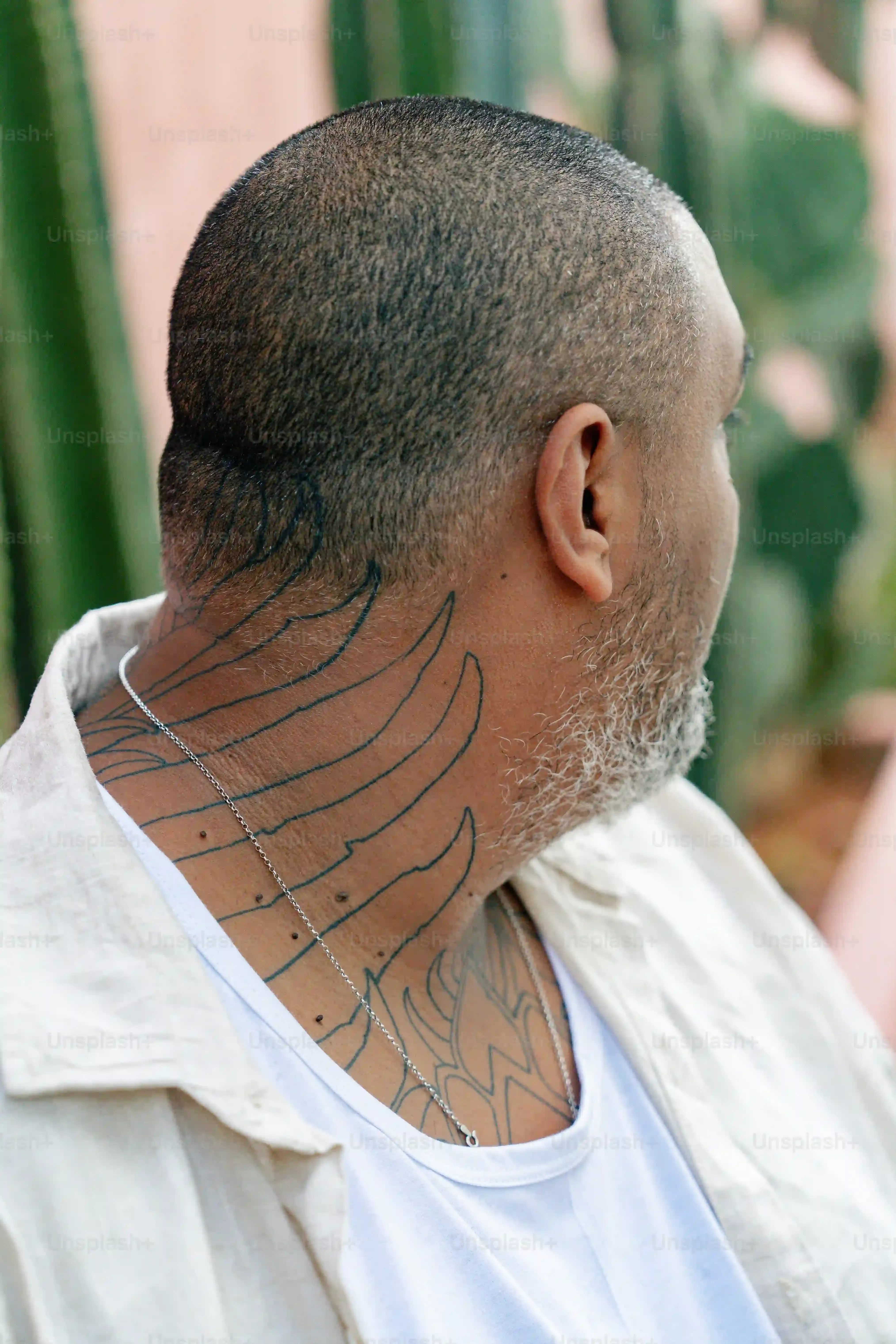
Finding the Right Artist for the Job
so you're sold on the idea of getting a tattoo designs traditional style piece. Excellent choice. Now comes the crucial part: finding someone who can actually pull it off. This isn't a style just any artist can master. You need someone who understands bold lines, solid color packing, and the fundamental principles that make traditional work pop and last. Look for artists whose portfolios are *full* of solid traditional pieces – not just one or two half-hearted attempts mixed in with other styles. Check their line work; is it clean and consistent? Are their colors packed in smoothly without patchy spots? Do their healed photos look just as good as the fresh ones? Ask around, get recommendations, and stalk their Instagram. A good traditional artist is worth waiting for, even if their books are slammed. Don't cheap out or rush this part; you're wearing this forever.
Picking Your Design and Where to Put It
Now for the fun part – choosing the actual design. With tattoo designs traditional style, you've got a deep well of classic imagery, but you can also work with an artist to put a traditional spin on something more personal. Think about the meaning you want to convey. Do you want a classic symbol like a panther or a rose, or do you want to adapt something specific to your life in this style? Placement matters too. Traditional designs often look fantastic on flatter, larger areas like forearms, calves, chests, and backs, where the bold lines and solid shapes have room to breathe and be seen. Consider how the design will flow with your body and how it will age in that specific spot. A small, intricate traditional piece might lose its impact over time, whereas a larger, bolder one will stand the test of decades.
When considering your traditional design, ask yourself:
- Does this image resonate with me personally?
- Will the bold lines and solid colors work for the size I want?
- Is the placement right for the design's shape and how it will age?
- Am I choosing a classic motif or putting a traditional spin on something new?
- Have I looked at healed photos of similar work from the artist?
Consulting with Your Chosen Pro
Once you've narrowed down an artist and have some design ideas kicking around, book a consultation. This is your chance to talk through your vision, get their professional opinion, and make sure you vibe with them. A good artist will listen, offer suggestions based on their expertise in tattoo designs traditional style, and be upfront about what will and won't work. Don't be afraid to ask questions: How long have they been doing traditional? What's their process like? Can you see sketches beforehand? A solid consultation builds trust and ensures you're both on the same page before any needles come out. It's an investment in getting a piece of art you'll love and that will look great for years to come.
The Staying Power: Myths and Realities of Traditional Tattoos
The Staying Power: Myths and Realities of Traditional Tattoos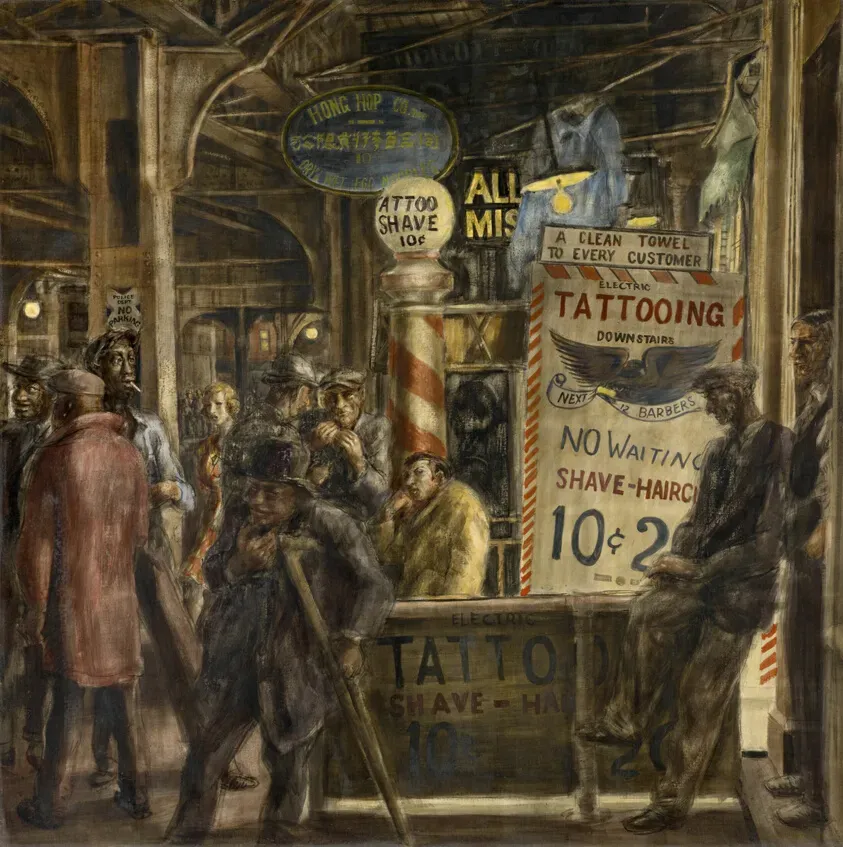
Myth: Traditional Tattoos Fade Faster
There's this idea floating around that because traditional tattoo designs use simpler colors and solid fills, they somehow fade into oblivion quicker than, say, a black and gray portrait. Let's just call that what it is: hogwash. The reality is quite the opposite for The Staying Power: Myths and Realities of Traditional Tattoos. The bold outlines are designed to contain the pigment and maintain structure over decades. The solid packing of vibrant, often primary, colors means there's a lot of ink saturated into the skin. While *any* tattoo will experience some degree of aging – skin stretches, colors soften – a well-executed traditional piece holds its integrity remarkably well. Think about those old Sailor Jerry tattoos from the 40s and 50s that are still clearly readable today. They might not be as vibrant as the day they were done, but you can damn sure tell what they are.
Reality: Good Application is King
The real factor in how well a traditional tattoo, or any tattoo for that matter, stands up over time isn't the style itself, but the skill of the artist and how you treat it afterward. A scratcher doing shaky lines and shallow color packing will give you a tattoo that looks rough from the start and fades like a cheap t-shirt. A seasoned pro who knows how to lay down a solid line and pack that color deep enough, but not too deep, is building a piece of art that's meant to last. Sun exposure is the biggest enemy of any tattoo color, traditional or otherwise. Baking your fresh traditional piece in the sun without sunscreen is like asking it to fade. Proper healing and consistent sun protection are non-negotiables if you want that eagle or anchor to look sharp years down the line. It's less about the design style and more about the execution and care.
Consider these factors influencing a tattoo's longevity:
- Artist's technical skill (line work, color packing depth).
- Quality of ink pigments used.
- Placement on the body (areas with more friction or sun exposure fade faster).
- Individual skin type and aging process.
- Aftercare during healing.
- Long-term sun protection habits.
Why Traditional Tattoos Aren't Going Anywhere
So there you have it. Traditional tattoo designs aren't just a fleeting trend from your grandpa's time; they're a bedrock of tattoo art for solid reasons. They’re built tough with those bold lines and dense color packing, designed to hold up over decades, not just look good for the gram. The imagery, while sometimes simple, packs a punch because it's loaded with history and shared meaning. Getting a traditional piece means tapping into a lineage of sailors, rebels, and artists who valued clarity and durability. It’s a choice for ink that speaks volumes without shouting. While new styles pop up constantly, the classic anchors, roses, eagles, and yes, snakes, endure because they represent something fundamental about the art form and the people who wear it. If you’re looking for a tattoo that has roots, tells a story, and will still look sharp years down the line, dipping into the world of traditional design is a pretty solid bet.